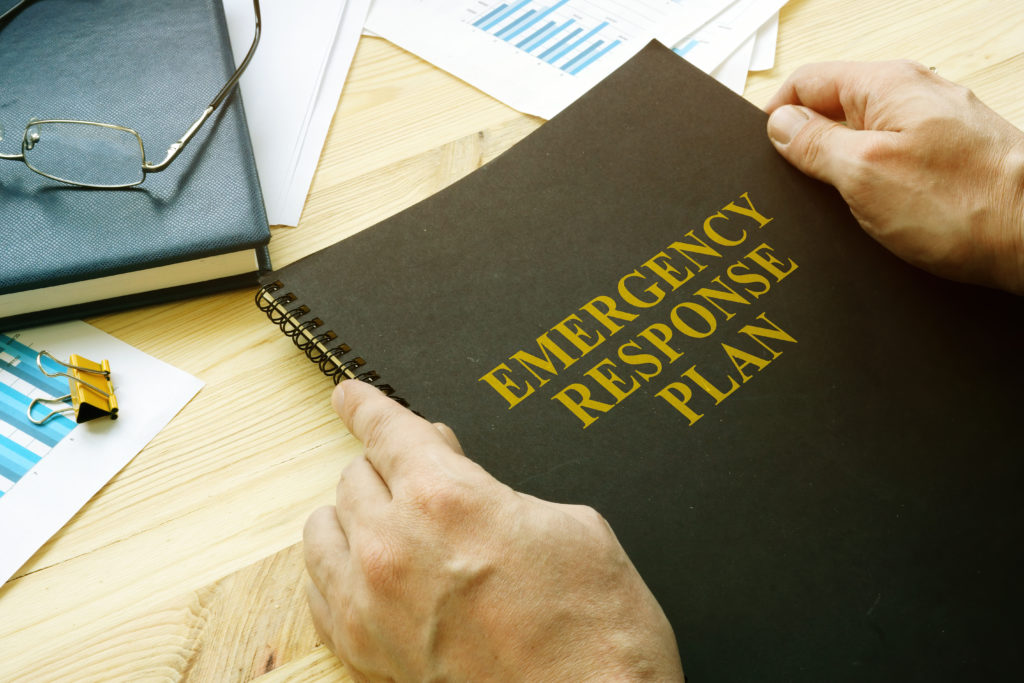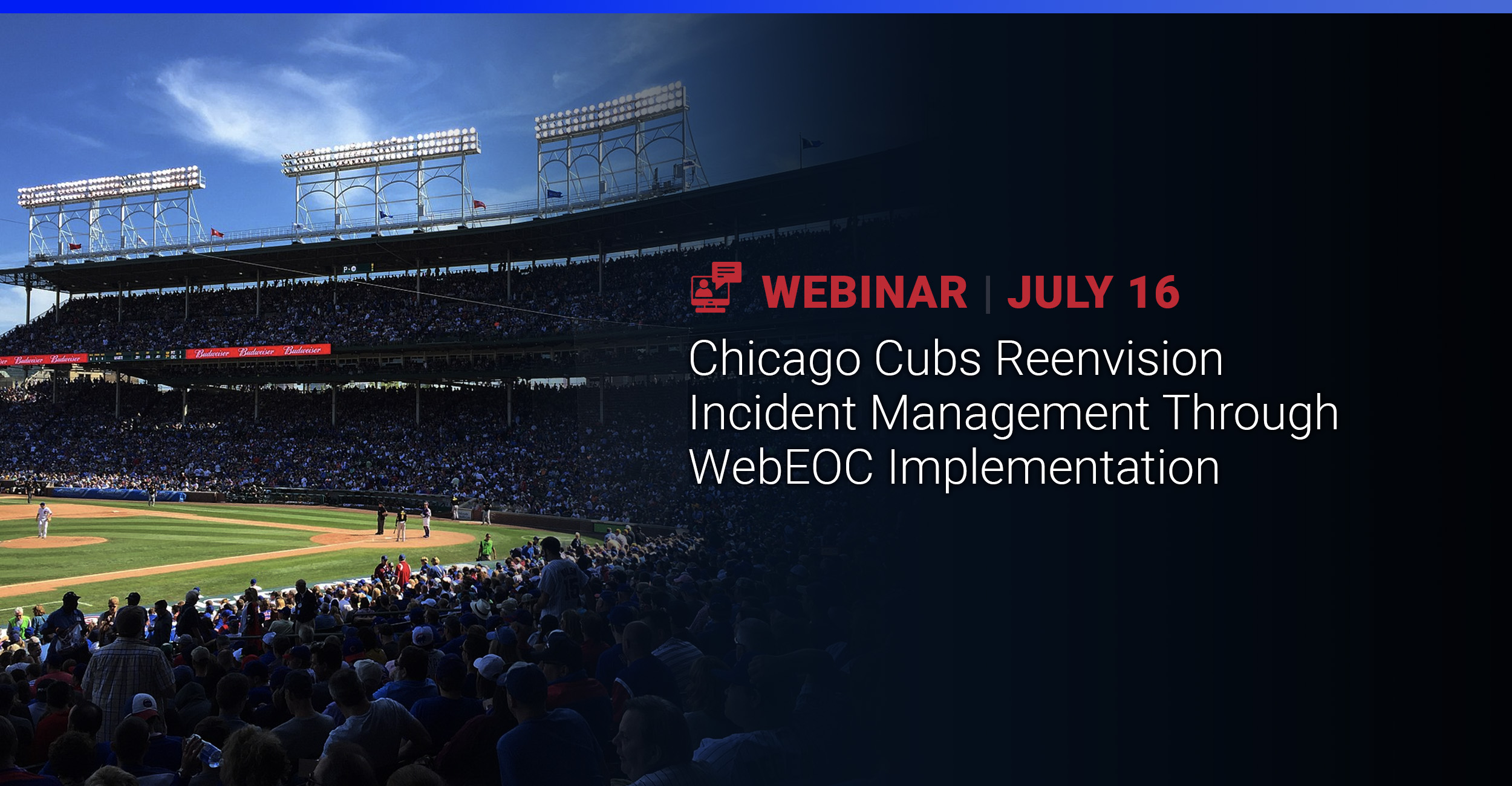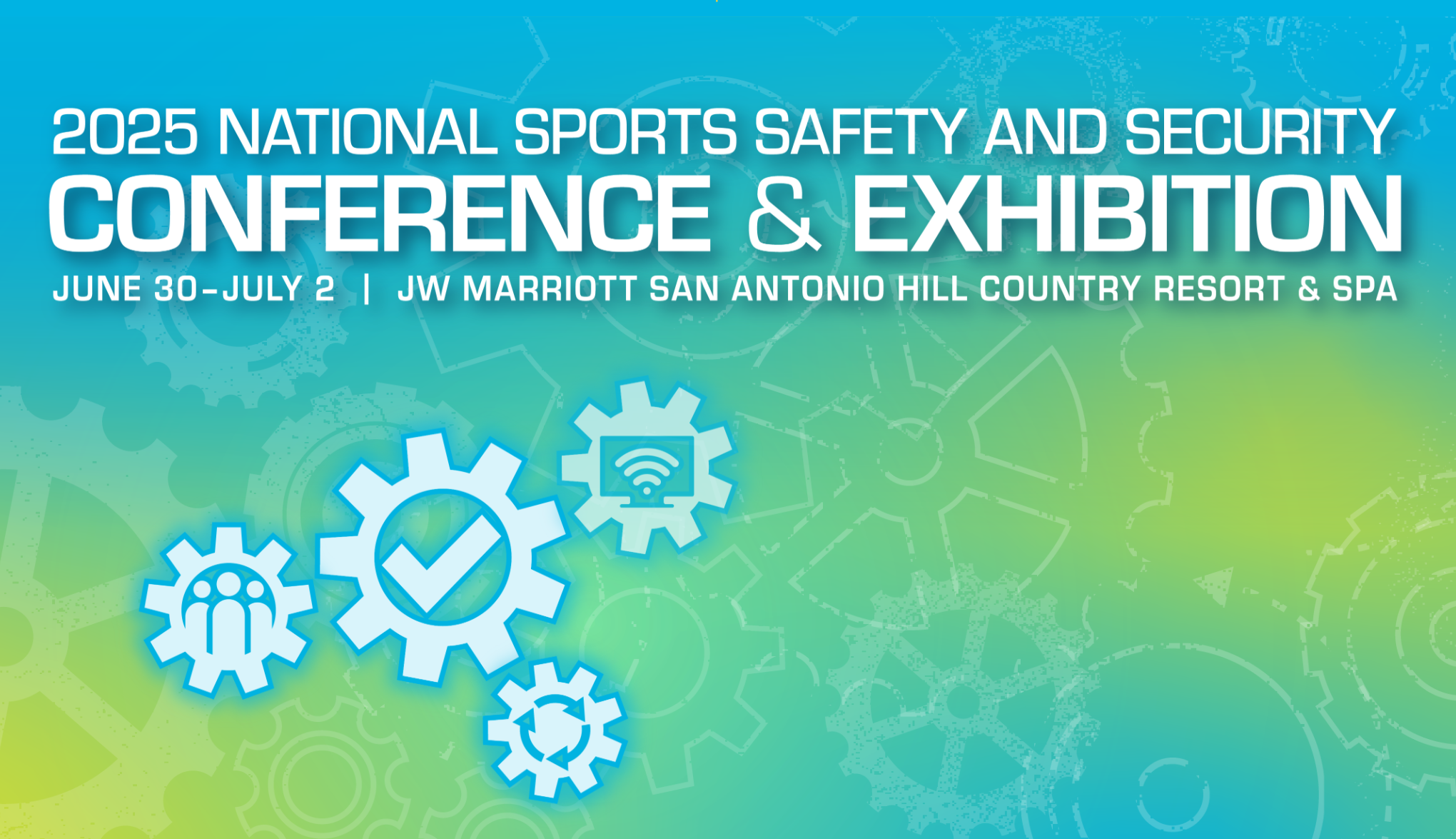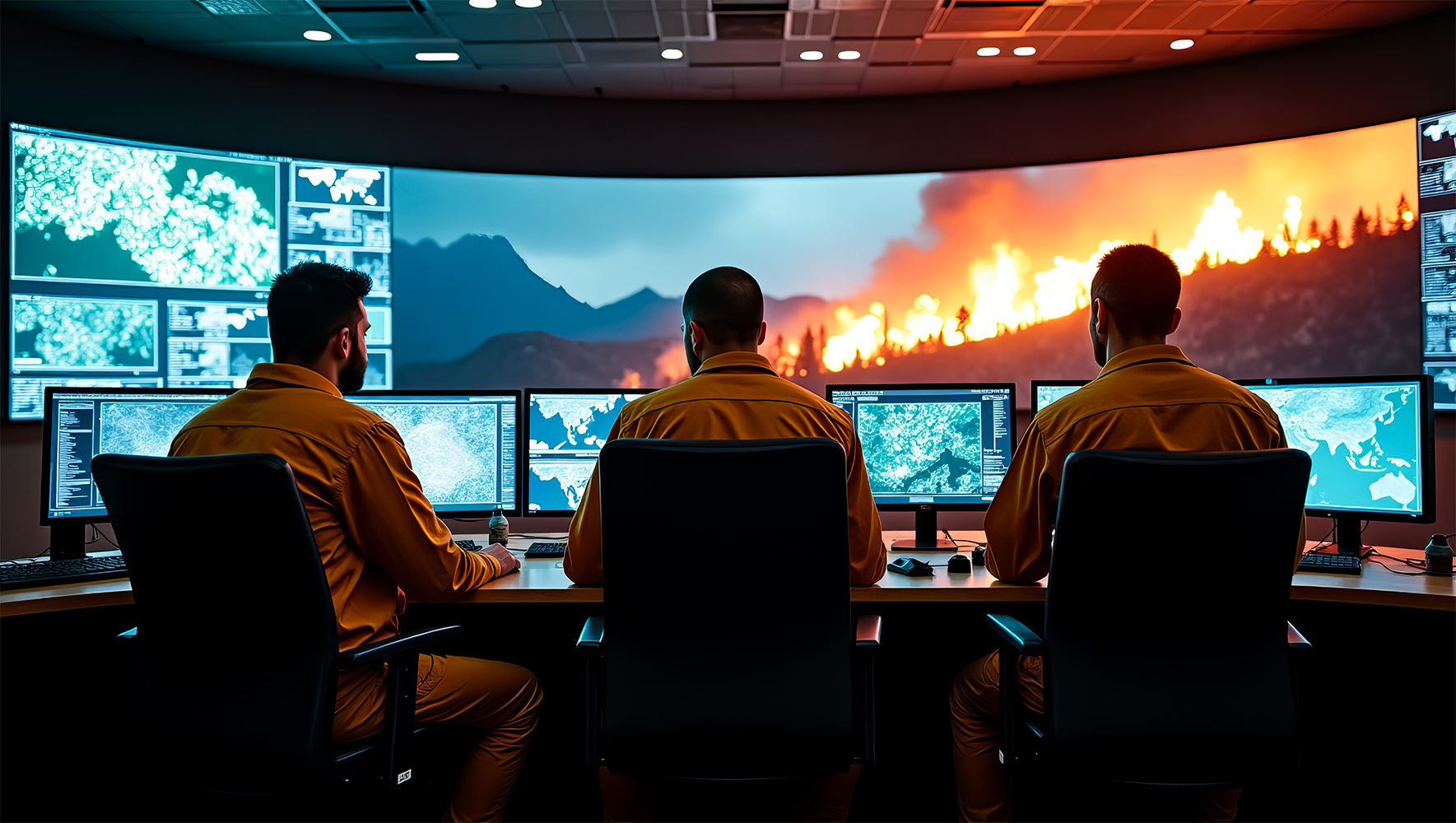Do you have an emergency response SOP? Do your employees know what to do in an emergency? Do you have printed guidelines that your safety officer or security manager can follow, that will direct them through the steps necessary following a disaster? Could anyone pick up this manual and step into any role necessary to ensure continuity of operations?
If the answer is no, then you need to create an Emergency Response SOP — now.
An SOP is not just for government agencies and the military. It is for higher education institutions, major corporations, small businesses, and even the entrepreneur start-up.
What is an Emergency Response SOP?
An Emergency Response Standard Operating Procedure (SOP) is a detailed document that describes organizational functions step by step. In the event that an employee is, for whatever reason, unable to carry out their duties in a crisis situation, another employee should be able to pick up the SOP and carry out those duties by following the instructions the SOP provides.

The safety officer or security managers are usually responsible for creating and maintaining the SOP. They will typically conduct any training and make necessary changes to the document as needed. Even though it does contain step-by-step instructions for performing jobs related to the organization’s operations, it also has information on what to do if conditions change in a disaster.
Operations and responsibilities within an organization tend to shift in an emergency and the SOP document helps keep everything organized and running smoothly. It can help ensure continuity of operations while putting solid emergency planning and protocol at the forefront.
In an emergency, you need to know what to do. Your staff, emergency response team, and managers need to know what to do. While the safety manager can direct them in a crisis, the SOP helps maintain organization while ensuring that everyone involved knows what their job is and exactly how they are to do it.
An SOP makes it all clear and can be the difference between your own disaster within a disaster or emerging from a disaster in the best form possible.
What are the Goals of an Emergency Response SOP?
Your SOP is an emergency response document that provides the procedures for responding to a crisis as well as continuity of operations in a crisis. It is more than a process documentation which offers high-level step-by-step directions to guide you through performing a task. An SOP, on the other hand, gets more in the details. It is a procedures manual, so it goes more in-depth and has more detail regarding workflows and specific assignments that are unique to the organization.
There are eight primary goals of an SOP that every organization must cover:
- To provide all necessary steps to follow in a disaster
- To ensure you meet compliance standards
- To ensure the safety of employees, students, customers, vendors, and community
- To ensure continuity of operations
- To avoid failures in manufacturing or operations
- To optimize production and maximize requirements
- To maintain a set schedule
- To be used as a training tool
Each section or office should have its own SOP and they should all be included in a single manual. However, individual sections should have their own copy in an area where it can be accessed quickly and easily.
What Should an Emergency Response SOP Contain?
The first step in creating an effective SOP is to decide what you want it to do. There are often many tasks in a single office. There are opening procedures, closing procedures, and other procedures that are unique to your organization and industry. In an emergency situation, depending on the type of crisis, certain procedures would still need to be carried out. These tasks can be just as important as the actual emergency response tasks.
The point is to maintain continuity of operations during and after an incident. This is done simultaneously with emergency response tasks.
Start by listing each task and define it by the end result, or what the task should accomplish. For tasks related to continuity of operations you can use your employees’ job descriptions. For tasks directly related to emergency response, consider the various threats that can occur and use resources from sites like Ready.gov and FEMA.gov to help guide you. Use the task lists in the job descriptions and notes on threats and responses to begin sketching out the skeleton for your SOP.
It may also help to create a flowchart, especially if many of the tasks are interrelated and dependent upon each other to reach a specified goal, such as outlining your emergency communication process, the workflow, who is in charge of each action, and their specific duties. You can even incorporate the flowchart into the SOP and include the steps below so that the chart provides a high-level view while the instructions go into more detail. Take care to avoid jargon or acronyms. This can be confusing and slow the response if someone is trying to work from it and is not familiar with the terms or acronyms used in the document.
Decide how your team and staff will be using your SOP. Do they have knowledge of your organization? Are they new employees? Are they fluent in the language that the document is written in? Are they familiar with your emergency operations protocol? Are they familiar with your emergency management software? Do they need training? These are all important considerations for your safety manager.
Once they have determined who will be using your standard operating procedure, construction can begin.
What is SOP Format?
There are several formats you can use for your emergency response SOP. The three most common are:
- Simple Step Format – Best for simple, routine procedures that do not have a lot of steps or involve decisions. It can be a numbered or bulleted list with brief instructions that are easy to follow.
- Hierarchical Step Format – Best for more complex procedures that have many steps and involve decisions. This is usually a bulleted list that may also include if/then charts.
- Flowchart Format – You may choose to use a flow chart for each section or each task if there are a lot of decisions and steps with a number of outcomes. If the results are often unpredictable, then this is probably your best bet.
Title Page – This is essential and should be updated regularly. On the title page you should include:
- The Title (includes the procedure name and section)
- Organization name, division, section, office, branch, or agency that the SOP is for
- ID number for the SOP
- Initial publication date
- Revision dates with approval authorization initials or signatures
- Names, titles, signatures, and dates of all who wrote, prepared and approved the procedures detailed within the SOP.
Table of Contents – This should include each section and task as well as glossary, indexes, and appendices.
Glossary – This section should clarify any terminology, phrases, and acronyms that your audience may not know.
Background – This should outline your organization’s approach to emergency response. It should give information on your organization as it relates to emergency planning and response. It may identify specific incidents that it will address such as weather events, terrorism, hazardous material incidents, and other emergencies. It may also identify the person or office responsible for managing and maintaining it.
Scope and Purpose of the SOP – This defines how it is to be used, its limits, and who can or should use it. Any regulatory requirements, standards, and legal compliances should be included here, along with roles and responsibilities.
Specific Procedures – These are the step-by-step instructions for each task that must be carried out.
Health and Safety Warnings – This section should detail any warnings regarding health and safety risks within the organization while performing the tasks or during an emergency.
List of all Equipment and Supplies – This should include a complete list of all emergency equipment and supplies as well as their location and instructions for when and how to use them.
Troubleshooting – This should outline any things that may go wrong during a crisis. It should give the reader clear, concise instruction for identifying issues, their potential impact, and how to remedy them.
Appendices – Any forms, manuals, or documents that the organization uses regularly should be included here. Many organizations include a copy of their call-down list as well as the crisis communication plan in the appendix of their SOP.
How Do You Implement an SOP?
Knowing how to use an SOP is just as important as knowing how to put it together. Have your employees review it, especially the section that pertains to their job duties, to ensure accuracy.
Make sure that it is stored in a place that is easily accessible – in a centralized cloud-based platform is best. Make sure that everyone knows how to access it.
Where you keep your SOP is very important. Having the ability to store it in the same place that you are accessing your communication, workflows, and other information makes the process run much smoother. Having one system that can do everything, including holding your SOP, has the benefit of keeping everything you need right at your fingertips. It saves time, money, and potentially lives.
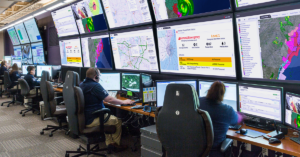
With WebEOC emergency management software, you have a number of choices with several unique features, including the ability to load your SOP file into the system, either in the File Library or the Advanced File Library. This allows WebEOC users access in a way that is similar to the SharePoint file-sharing software, but it is a document. This means it will not record metrics like how users are utilizing the system. WebEOC also allows organizations to create workflow automations, send mass notifications, and organize your SOP in a collaborative format, allowing all stakeholders to work together in response to a crisis or emergency.









